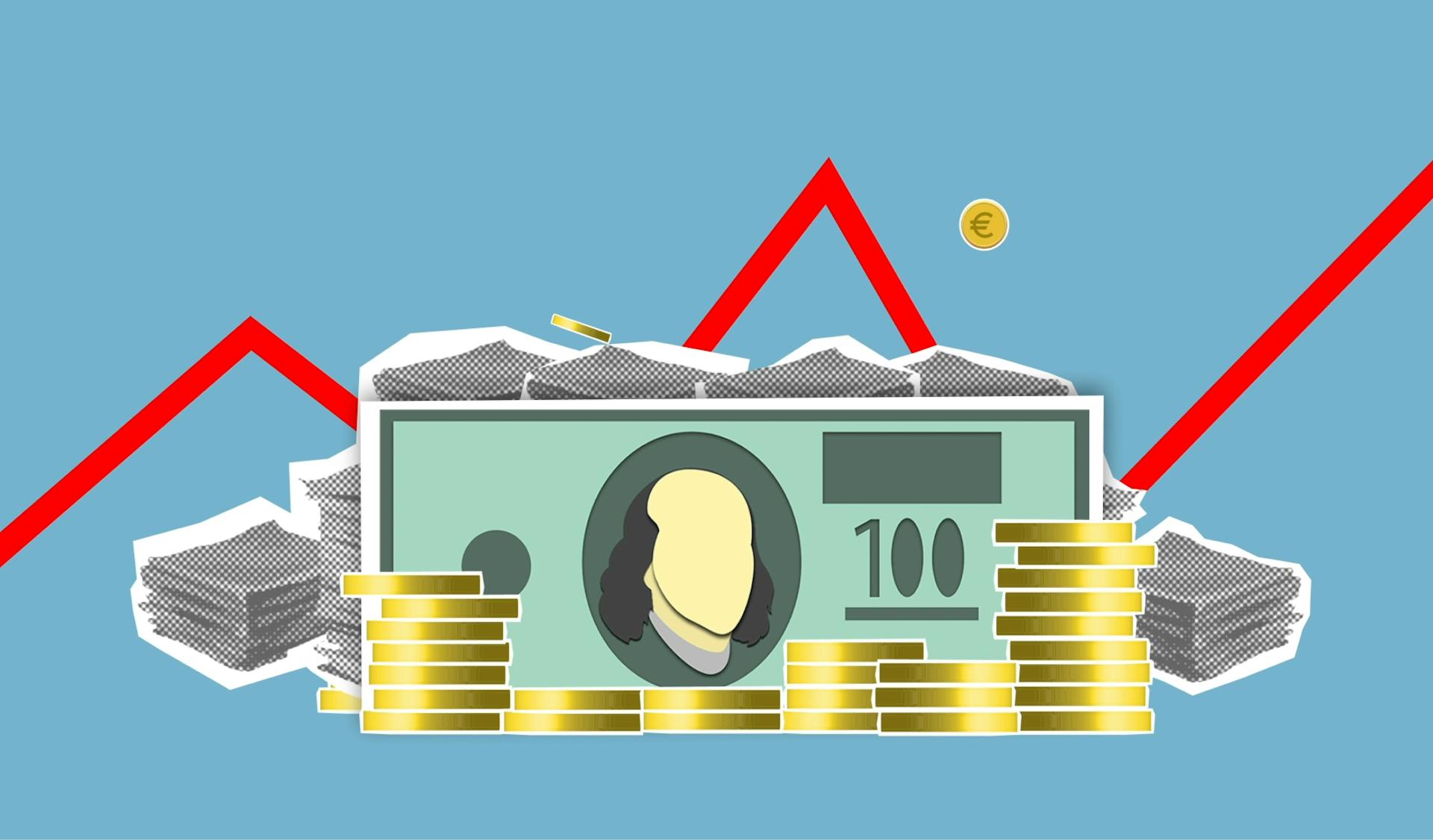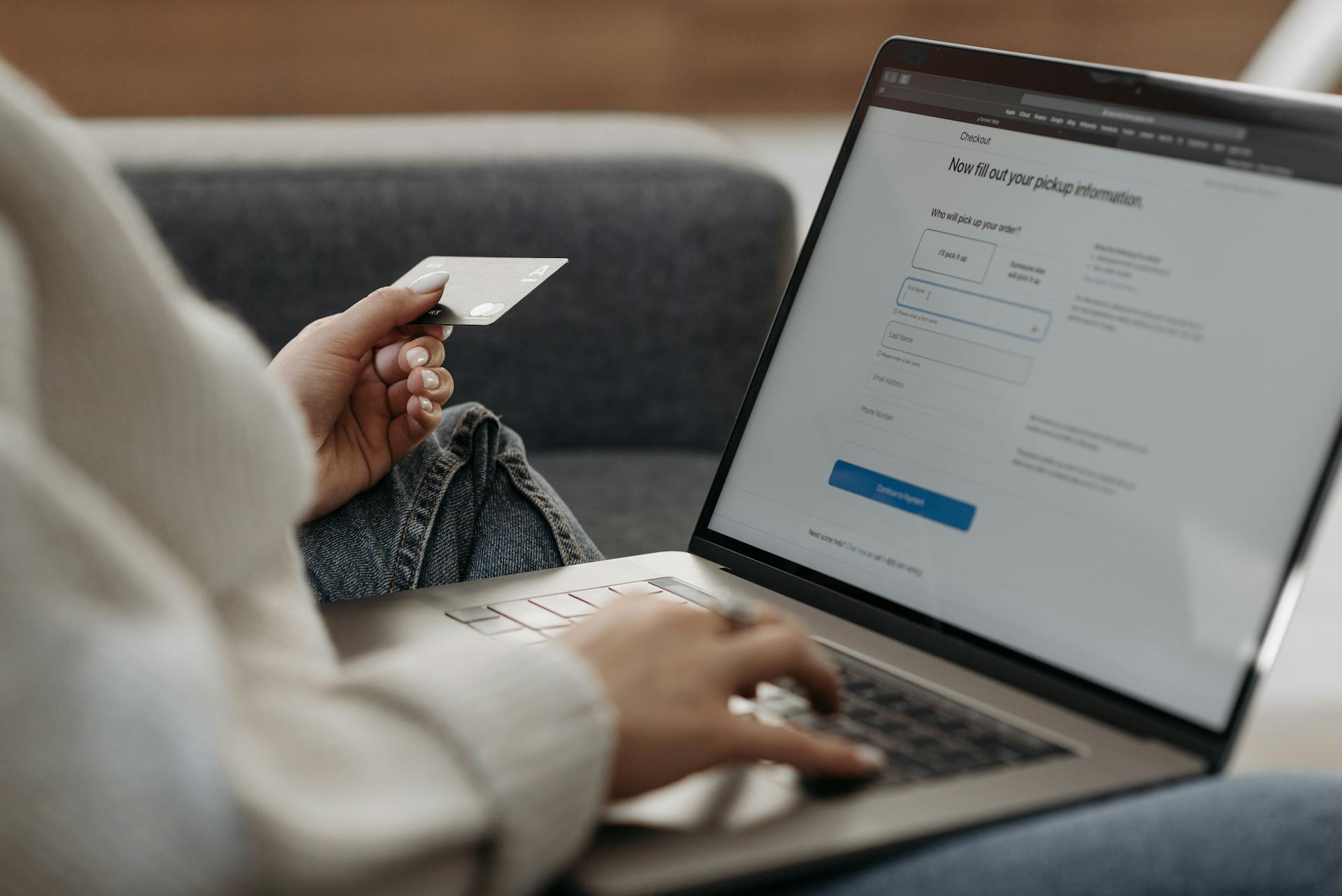
A revolving line of credit is an essential financial tool that can help businesses cover their day-to-day operating expenses, manage cash flow fluctuations and respond to unexpected financial challenges. Essentially, it is a flexible credit source that allows borrowers to draw on funds as needed and repay the amounts borrowed over time. The term "revolving" refers to the fact that once a borrower repays a portion of the funds used, those funds become available again for borrowing.
Unlike traditional loans where borrowers receive a lump sum payment upfront and make fixed payments until the loan is fully repaid, revolving lines of credit provide more flexibility in terms of borrowing and repayment. Borrowers only pay interest on the amount they borrow, which makes it an attractive option for managing short-term cash flow challenges or taking advantage of business opportunities. Additionally, revolving lines of credit can be secured or unsecured depending on the lender's requirements and the borrower's creditworthiness.
What You Need to Know About Revolving Lines of Credit
If you are looking for a flexible way to borrow money, a revolving line of credit might be the solution you need. A revolving line is an ongoing line of credit that allows you to borrow up to a maximum limit and repay it on a recurring basis. This type of credit works similarly to credit cards, but with more flexibility.
There are several common types of revolving lines, including home equity lines of credit (HELOCs) and personal lines of credit. With HELOCs, your home serves as collateral for the loan, while personal lines can be unsecured or secured by other assets. To qualify for a revolving line, lenders will typically look at your credit score and income.
One important thing to keep in mind is that making on-time payments is key when it comes to maintaining a good credit score with a revolving line. Unlike non-revolving lines where you receive the full amount upfront and make fixed payments until it's paid off, with revolving credit, you have more control over how much you borrow and when you pay it back.
Types of revolving credit accounts

Revolving credit accounts are open-ended credit accounts that allow you to borrow money multiple times, as long as you don't exceed your credit limit. The two most common examples of revolving credit accounts are credit cards and personal lines of credit.
Credit cards are the most popular type of revolving credit account. They come in various forms and allow you to make everyday purchases or unexpected expenses with a physical card. You can also use a credit card to withdraw cash from an ATM or transfer funds to your bank account via direct deposit.
A personal line of credit is another type of revolving credit account that works similarly to a credit card. However, instead of receiving a physical card, you can access your funds by transferring them directly into your bank account. A home equity line of credit (HELOC) is also considered a type of personal line as it allows homeowners to borrow money against their home's equity at a fixed interest rate. Unlike traditional home equity loans that provide borrowers with one lump sum, HELOCs offer the flexibility to borrow money multiple times within the predetermined borrowing period.
Curious to learn more? Check out: Credit Cards with Credit Lines
Learn more about revolving balances, credit utilization and interest.
Understanding how revolving credit works is crucial for anyone who owns a credit card or has taken out a loan. Revolving credit refers to a type of credit that allows borrowers to borrow money up to their credit limit and repay the balance over time, as long as the account remains open. Credit cards are the most common form of revolving credit, and they typically have higher interest rates than other types of loans.
One important factor to consider when it comes to revolving credit is your revolving balance. This refers to the amount of debt you owe on your account at any given time. Your revolving balance can have a significant impact on your credit score, as it affects your credit utilization ratio (the amount of debt you owe compared to your available credit). Keeping your revolving balance low can help improve your credit score and make it easier for you to get approved for future loans.
Another key aspect of revolving credit is interest. Because borrowers can carry a balance over from month to month, interest charges can quickly accumulate if the borrower does not make payments on time or pays only the minimum amount due. This means that it's important for borrowers to pay close attention to their interest rates and make sure they are able to pay off their balances in full each month if possible. By understanding how revolving balances, credit utilization, and interest work together, you can take control of your finances and use revolving lines of credit responsibly.
You might like: Fannie Mae Revolving Debt
Personal lines of credit vs. personal loans
Key differences exist between personal lines of credit and personal loans that you should know before deciding which one to choose. A personal line of credit is an unsecured debt product that enables you to access cash up to a predetermined limit whenever you need it. On the other hand, a personal loan provides you with a total loan amount in one lump sum, which you'll pay back in fixed monthly installments over a set period.
The eligibility guidelines for each option also differ significantly. With a personal loan, you'll undergo a hard credit check before approval, meaning that your credit score and history will be scrutinized to determine whether you're approved and what interest rate you'll receive. With a personal line of credit, the lender assesses your overall financial health and income but may not require such rigid parameters as those required with personal loans.
The most significant difference between these two products is their repayment structure. Personal loans come with predictable monthly payments due over the set term of the loan. In contrast, with a revolving line of credit, there's no set repayment schedule or predictable monthly payment; instead, interest accumulates only on what you've withdrawn from your available balance at that time. Whether you should opt for a personal line or loan depends on your specific needs and goals - if flexibility is essential to meet sudden expenses like medical emergencies or home repairs, then go for the former; if predictability is vital, go for the latter!
For more insights, see: Payday Loan Installment or Revolving
Discover Better Options than a Personal Line of Credit
If you're considering taking out a personal line of credit, it's essential to know that credit isn't always the best fit for everyone. Fortunately, there are other options worth exploring. One of them is a personal loan, which can provide a lump sum amount at a fixed rate and term. Another option is balance transfer credit cards, offering up to 21 months interest-free loans assuming you pay off the balance before the promotional APR window ends.
Home equity loans or home equity lines of credit (HELOCs) are another option for those who have significant equity built in their homes. Homeowners can borrow up to 85 percent of their home equity, making it possible to secure a sizable amount at relatively low rates. Additionally, these types of loans may offer tax benefits that aren't available with personal loans or credit cards.
A 401k loan is an easily accessible option for those with money stashed in their retirement account. The good thing about this type of loan is that there are no stringent income or credit score guidelines making it easier to qualify. However, keep in mind that not paying back the loan could result in taxes and penalties. When considering your options, remember that there's more than just one solution to your financial needs; explore all possibilities before deciding on one specific route.
If this caught your attention, see: Small Business Loans Installment
Different Ways to Pay Back Your Personal Line of Credit

When it comes to personal lines of credit, there are different ways to pay back the borrowed funds. The draw period is the specific period in which you can withdraw funds called upon by your personal line, typically up to a certain limit. Once this draw period ends, you enter the repayment period. During this time, you must pay back the unpaid balance from your draw period plus interest and fees. Repayment periods are the most common type of repayment plan for personal lines of credit and typically require monthly payments.
Another way to pay back your personal line of credit is through balloon payments. This type of repayment requires a full balance payment at the end of the draw period or a demand line where lenders may require full repayment at any time. It's crucial to understand your lender's repayment terms before taking out a personal line of credit, as some may not offer these types of repayment plans. Balloon payments tend to be riskier since they require more significant sums within shorter periods.
To ensure that you're repaying your personal line of credit correctly, create a repayment plan with your lender that works best for you. Most lenders offer flexible repayment options, allowing borrowers to make additional payments when possible or choose longer or shorter terms based on their financial situation. Whatever option you choose, staying up-to-date with repayments will help maintain good credit and make future borrowing easier on yourself.
Frequently Asked Questions
What is the difference between a personal line of credit and a personal loan?
A personal line of credit is a revolving account that can be used repeatedly, while a personal loan is a one-time lump sum payment. Personal lines of credit typically have lower interest rates but may have higher fees and require good credit.
What is the difference between installment and revolving?
Installment refers to a fixed amount of money that is paid back over time with set payments, while revolving credit allows for an open-ended line of credit that can be borrowed and repaid repeatedly. Understanding the differences between these two types of credit can help consumers make informed financial decisions.
What are the pros and cons of a personal line of credit?
A personal line of credit can offer flexibility and convenience, allowing you to borrow funds as needed. However, the interest rates can be higher than other forms of credit and if not managed responsibly, it can lead to debt accumulation.
Are there any fees associated with a personal line of credit?
Yes, there are typically fees associated with a personal line of credit such as an annual fee, cash advance fee, or balance transfer fee. It is important to review the terms and conditions of the loan before accepting any offers.
Is a line of credit considered a revolving account?
Yes, a line of credit is considered a revolving account as it allows you to borrow up to a certain limit, repay the borrowed amount, and borrow again.
Featured Images: pexels.com


